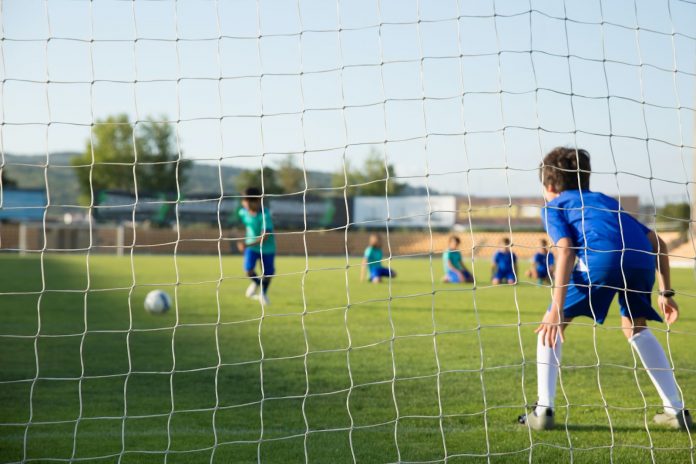The learning that takes place inside classrooms is critical for a child’s social and intellectual growth and development. However, what they learn outside the classroom is just as important. Here is the co-curricular activities definition that we like, although it can take many forms;
Math & ELA | PreK To Grade 5
Kids see fun.
You see real learning outcomes.
Watch your kids fall in love with math & reading through our scientifically designed curriculum.
Parents, try for free Teachers, use for free
Co-curricular activities allow students to participate with others who share their passion for a particular activity, allowing them to build relationships with peers outside the classroom.
Joining a sports team, dance club, or pottery classes, to name a few, offers more than just an opportunity for students to develop social skills. They can provide students with a positive outlook toward school, develop organizational skills, and cultivate leadership skills.
What Are Curricular and Co-Curricular Activities?
Academic activities that typically occur within the walls of a classroom and are part of a school’s curriculum are known as curricular activities. They include subject-specific learning, encompass different modes of evaluation, and work to improve a student’s numeric and language literacy at the elementary level.
This is followed by a deeper understanding of core subjects such as algebra, biology, history, chemistry, and literature, among others, in middle and high school and a focus on developing critical thinking skills.
But if all subjects are safely taught inside classrooms, what are co-curricular activities? These activities and programs that take place outside of the traditional classroom are called co-curricular or extracurricular activities with a focus on physiological and physical development.
Unlike curricular activities and learning, co-curricular or extra-curricular activities do not award students with academic credit. They can take place after regular school hours and can even take place outside of school.
Importance of Co-curricular & Extracurricular for Kids
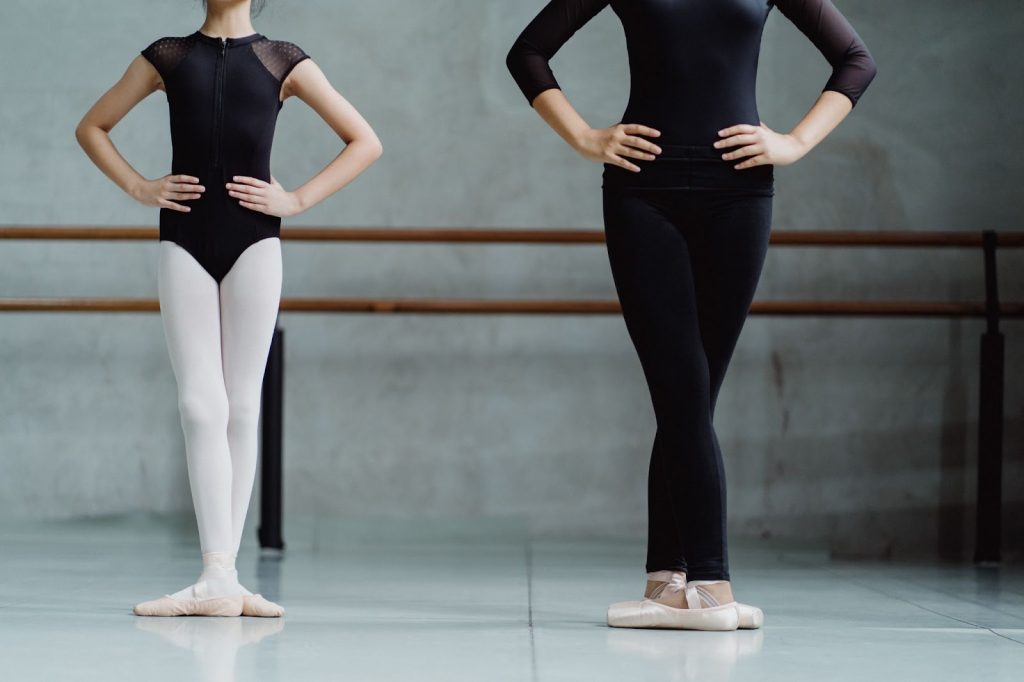
A co-curricular activity has an important place in ensuring a child’s holistic growth. They can improve academic performance by stimulating creative thought, encouraging learning, and instilling a passion for specific subjects.
The interactions these spaces foster can develop students’ social skills, which will continue to play a role in their careers.
The culmination of these effects ultimately relieves students from stress while ensuring that they spend their time outside of school hours under the supervision of an instructor, teacher, coach, or chaperone.
The Perfect Way of Striking a Balance
While co-curriculars are a great way to encourage and aid children’s physical, social, and intellectual development, they also offer students holistic growth opportunities. Let’s take an example of a reserved bookworm who shies away from group activities such as sports.
As a result of their interests, this student may be able to ensure their intellectual and cultural development. However, encouraging them to participate in an inclusive team-based sport such as Ultimate Frisbee may also help their social and physical development.
Teachers should try to nudge students to consider activities outside their comfort zone. For a pianist to take up wrestling, a wrestler to take up social work, or a social worker to take up theater are instances of students stepping out of their comfort zone to meet other, potentially like-minded people.
It also ensures a balanced and holistic growth of skills and strengths that may not emerge if they remain in a bubble of activities that they’re familiar with. Here are some examples of co-curricular activities for kids to choose from!
Co-Curricular Activity: Types & Forms
When it comes to variety, it’s difficult to beat the diverse options available for students to choose as a co-curricular activity. They can, for starters, be indoor or outdoor activities. Some are better at promoting physical development, while others may be better suited toward psychomotor development. While some may help with social development, others may be more useful for cultural and intellectual development.
Students must be made aware of the skills and strengths they may gain from the different co-curricular activities they can access to make an informed decision about the skills and strengths they value and want to focus on. For instance, a student with an affinity for sports may want to consider taking aerobics or dance classes to promote their physical development through activities beyond the sports they typically participate in. A student who’s passionate about literature and writing may want to join a book club!
Related Reading: Best Outdoor Games for Kids of All Ages
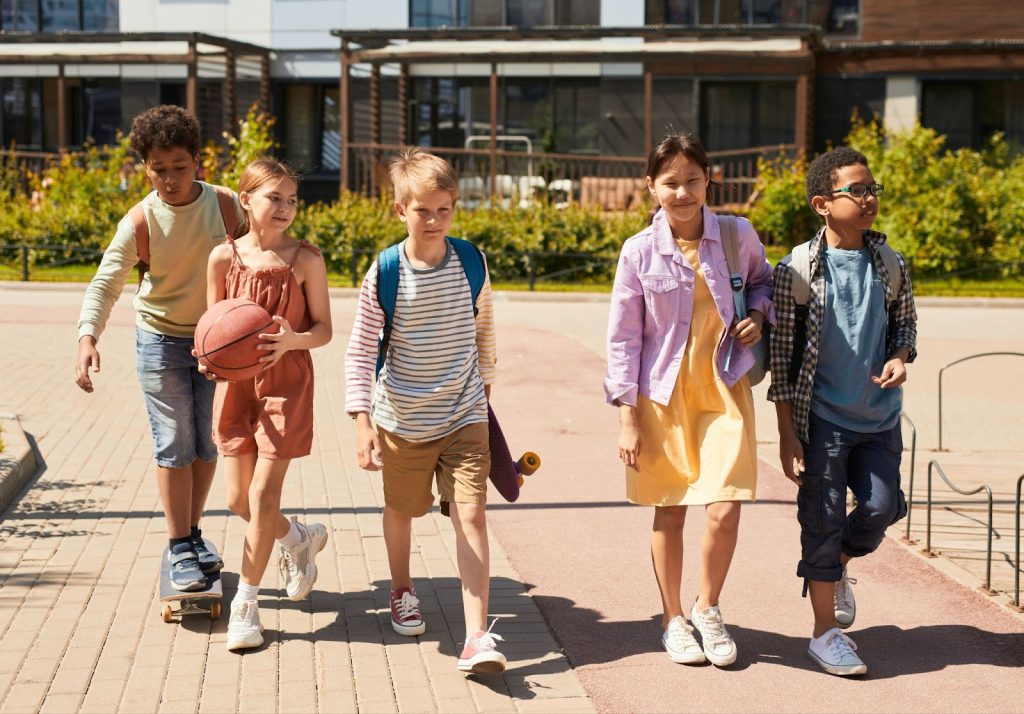
1. Soccer
Whether a student’s interested in trying out for their school soccer team or just wants to kick a ball around as a fun after-school activity with friends, soccer can be an intensely physical sport that doubles as an excellent exercise for better focus. It can be enjoyed on indoor hard-surface courts or outdoors on grass and turf.
As a team sport, soccer offers a way for students to develop relations outside of classrooms while learning about strategies that can be employed by a team to perform their best. It also offers students a range of positions they can try, whether it’s goalkeeping, defense, or offense.
Type: Indoor and Outdoor
Area of Development: Physical and Social Development
Grades: Elementary, Middle, and High School
2. Gardening
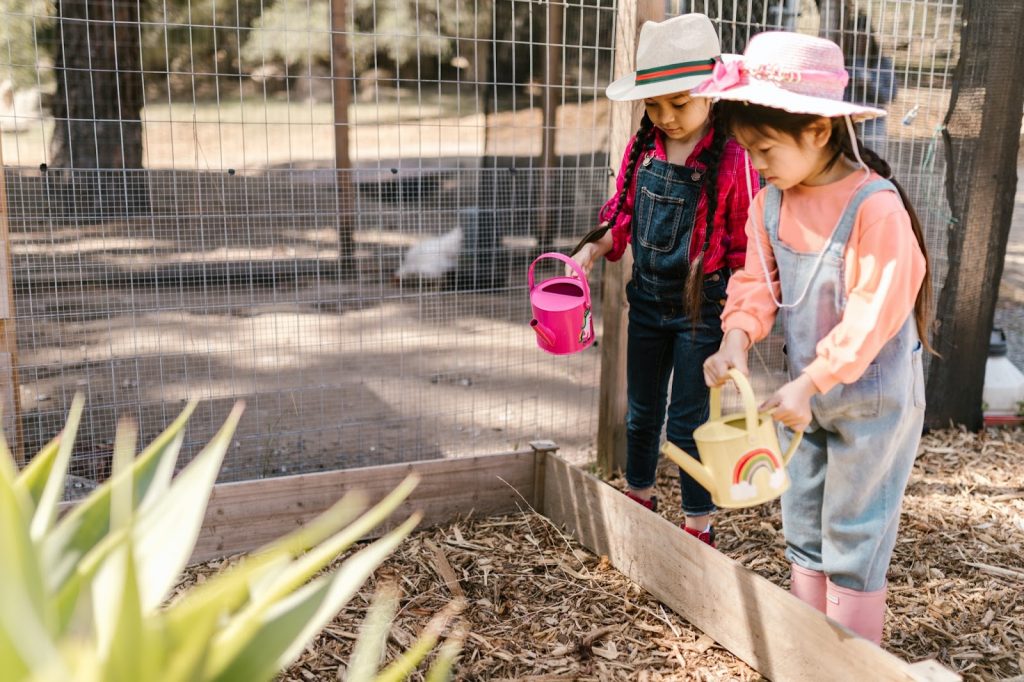
For students with a strong fascination with nature, specifically plants, trees, and foliage, gardening might make a great after-school activity. While environment and biology classes in middle school focus on the physiology and science of these lifeforms, gardening will allow students a practical and hands-on look at these fascinating lifeforms.
But that’s not all! Gardening requires concentration and focus as students study and work with largely static life forms. Gardening can also help instill a sense of responsibility in students as they’re tasked with taking care of and watching the growth of plants that are assigned to them.
The benefits of gardening cannot be understated, as the food on our plates, in some form or another can be traced back to individuals with a deep understanding and appreciation for gardening and plant life.
Type: Indoor and Outdoor
Area of Development: Intellectual and Psychomotor Development
Grades: Elementary, Middle, and High School
Related Reading: Best Tips for Creating a Healthy Student-Centered Learning Environment
3. Theater
Who doesn’t love a movie or a small play at the theater? It’s not uncommon for students to develop an affinity for acting and theatrical performances from a young age, often mimicking their most beloved characters and recreating their performances on the bus ride to school.
Theater offers students the chance to study the craft that allows actors to bring their favorite characters to life on both the big screen and on stage. Acting can be a therapeutic and social exercise that places students amongst peers who share their passion for theater.
Joining the theater gives students the opportunity to play a role in school renditions of famous plays, exposing them to the works of universally loved playwrights and storytellers. The task of preparing and putting on a show is a time-consuming, challenging, but ultimately rewarding exercise that should help students push their creative boundaries.
Type: Indoor
Area of Development: Cultural, Intellectual, Physical, and Psychomotor Development
Grades: Elementary, Middle, and High School
4. Arts and Crafts
Do you wonder if your students could fashion a necklace out of seashells or dye shirts using dye extracted from old fruits and vegetables? Whether it’s a still-life painting, throwing some clay on the potter’s wheel, or using Indian ink to make awesome prints, arts and crafts offer a great way for students to both relax and exercise their creative spirit.
The possibilities are endless after all. An early start on arts and crafts for kids helps to find out if they want to continue exploring this activity in higher grades and possibly even as an elective in high school. Taking a few tools to make something out of nothing should prove to be a rewarding activity for students outside of class hours.
Type: Indoor
Area of Development: Cultural and Psychomotor Development
Grades: Elementary, Middle, and High School
5. Debate
The art of making meaningful, well-structured, and compelling arguments takes practice. Debate clubs offer students a way to develop their capacity for critical thought, ensuring that they constantly improve their ability to articulate and express themselves. The skills students pick up in a debate club offer benefits extending well beyond their academic world.
From sports and environment to technology and civics, debate offers students a chance to channel critical and constructive thoughts and views on contemporary debate topics. Casual and competitive debates allow students to test their ability to develop intelligent retorts and responses to the views and perspectives of fellow debtors.
Type: Indoor
Area of Development: Intellectual, Cultural, and Social Development
Grades: Middle and High School
6. Dance
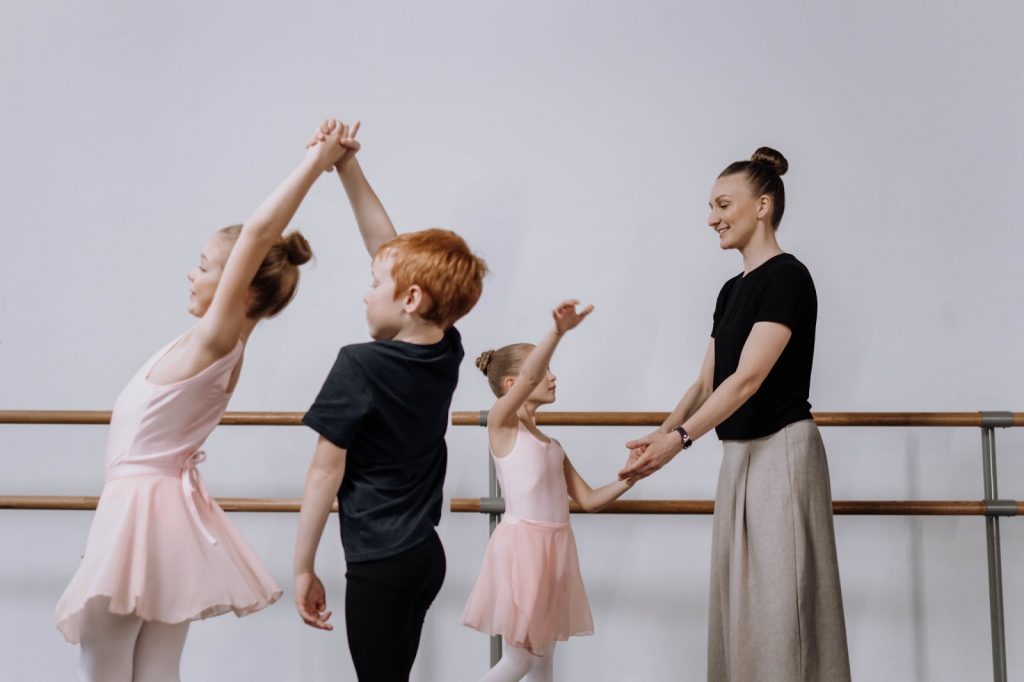
Whether it’s modern forms of dance like break dancing, ballet, a combination of the two (Hiplet ballet), or something more traditional like folk and tap dance, dance offers students a great way to pick up some moves to groove to. Dance can be a great substitute for more physical activities like soccer, basketball, or volleyball and can be considered by students who shy away from sports. It can even be an excellent supplement for athletics.
The best thing about dance is that it’s one of the few activities for which a student can show up empty-handed. All they need are themselves, their body, and a commitment to having a good time. Dance can also be a great vehicle for shy students to break out of their shells and grow more confident.
Type: Indoor and Outdoor
Area of Development: Cultural, Social, and Physical Development
Grades: Elementary, Middle, High School
Related Reading: Children’s Songs When You Want to Dance With Your Kids
7. Swimming
Swimming is often regarded as one of the healthiest sporting activities that anyone can take up. It’s low impact but involves the cardiovascular and muscular systems working hand in hand to push through water. Whether it’s butterfly strokes or side strokes, swimming offers a range of motions for one to traverse in water that students will learn to master and perfect with time and effort.
With an activity like swimming, having students start as early as possible may make the process of learning this activity easier, as children are better at absorbing new information quickly. In fact, it’s never too early to start swimming. In middle and high school, seasoned swimmers can even think about trying out for their school teams and representing their school at junior, state, or even national competitions.
Type: Indoor and Outdoor
Area of Development: Physical Development
Grades: Elementary, Middle, High School
8. Martial Arts
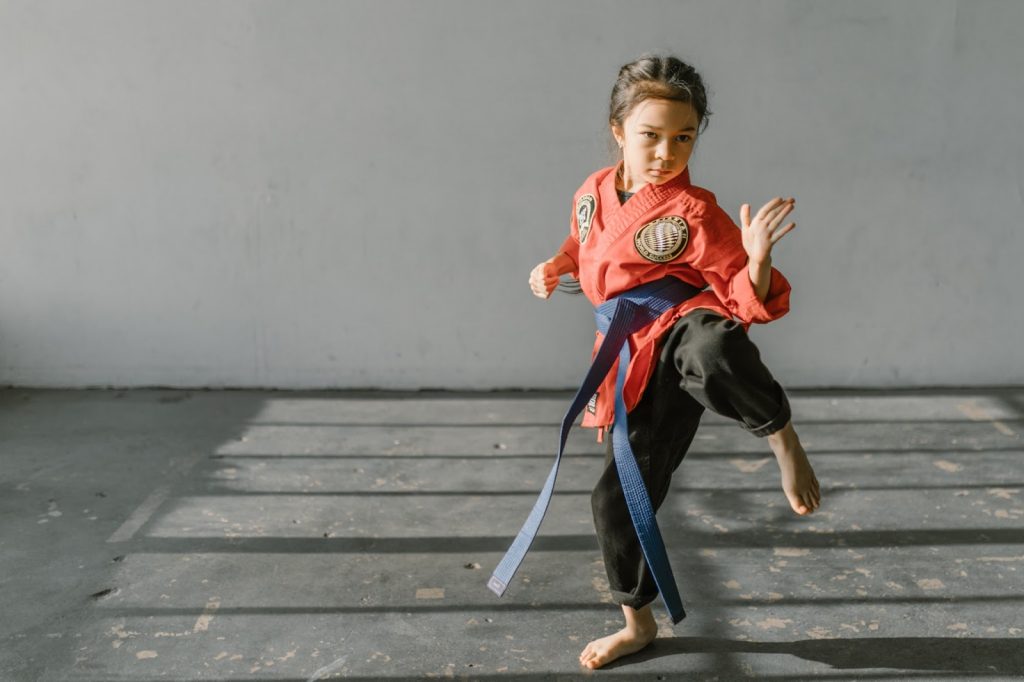
Judo, kung fu, karate, and taekwondo are just a few of the many martial arts students can take up from a young age to develop their focus and confidence, along with their physical strengths, agility, and flexibility. Not to mention all the cool moves they’ll learn and pick up.
As cool as they are, they have a practical, real-world utility. Martial arts place a strong emphasis on self-defense and can help students be better equipped to defend themselves in situations where they may need to do so. Martial arts are also known to inculcate a sense of respect for others, teamwork, and discipline.
The practice of respectful bows, which are directed at both teachers and peers, reflects these principles and ensures that students remain more mindful about their behavior toward others, both on the safety mat during their classes and outside their martial arts class in the real world.
Type: Indoor and Outdoor
Area of Development: Intellectual, Cultural, Physical, Social and Psychomotor Development
Grades: Elementary, Middle, High School
9. Community Service and Volunteering
It is never too early to discover and start appreciating the values of altruism, selflessness, empathy and compassion in kids. Community service and volunteering activities come in many shapes and forms and can expose students to these values in a way unlike other activities.
From picking up litter to clean up your neighborhood to raising funds for an important cause or charity, devoting time to community service and volunteering are critical to raising well-rounded individuals who don’t just excel inside the classroom but also have heart and a spirit of giving.
Community service and volunteering activities also offer students a chance to connect with other students who share their interests in specific causes. If a student who harbors a deep affection for the environment joins a club that helps clear up trash from neighborhoods on the weekends, there’s a good chance that they’ll make friends and connect with new individuals who share this love and concern for the environment.
Type: Indoor and Outdoor
Area of Development: Social and Intellectual Development
Grades: Elementary, Middle, High School
10. Bicycling
Not unlike swimming, students may benefit from learning how to bicycle at a younger age. Learning how to bicycle and improving your capacity to bicycle can provide students more autonomy in their movement, allowing them to cover further distances in lesser time. Even today, it’s not uncommon for some students to bicycle to school.
Bicycling as a co-curricular offers students the chance to not only enjoy the pleasant leisure that comes with bicycling, but also participate in competitive and timed bicycling activities to test their skills.
Depending on a student’s preferences and skill level, they should find themselves at ease with the possibilities that bicycling offers. We could go on and on about the physical and health benefits of cycling, but we’ll let students discover this on their own.
Type: Outdoor
Area of Development: Physical Development
Grades: Elementary, Middle, High School
11. Yoga
Yoga! It’s everywhere these days, and schools are no exception. Programs promoting mindfulness have become an increasingly important consideration across co-curricular programs, and yoga takes the prize for being the most popular. A mild physical activity that focuses on enhancing flexibility, yoga classes can also help students discover a way to relax after they’re done with school.
When it comes to yoga, a combination of breathing exercises, relaxation techniques, and physical postures are all a student needs to dive into a state of meditation. It doesn’t require tools, and remains one of the more accessible activities that a student takes up in their own time. The mental and physical health advantages of yoga make it the ultimate package.
Type: Indoor and Outdoor
Area of Development: Physical, Social, and Mental Development
Grades: Elementary, Middle, and High School
12. Book Clubs
This one is for the bookworms. Students who love reading can consider joining a book club and sharing their interest in reading with other avid readers. Book clubs can help students socialize over their shared interest in all forms of literature, discover new books they may not have otherwise stumbled across, and share the ones that they’ve loved with their peers.
Book clubs offer a group of students the opportunity to read the same book together and discuss and share their thoughts on the characters and story. This can open them to new perspectives and interpretations that differ from their own, making shared reading strategy a rewarding time.
Type: Indoor
Area of Development: Intellectual, Social, and Cultural Development
Grades: Middle and High School
Related Reading: Best Reading Websites For Kids
Co-curricular Activities vs Extracurricular Activities vs Super-Curricular Activities
We’ve already discussed how a curricular activity differs from a co-curricular activity, but there’s also a third group that needs to be recognized. Extracurriculars! While co-curricular generally refer to activities that take place outside the classroom but are in some ways still tied to the curriculum, extracurriculars refer to activities beyond classrooms that aren’t strictly related to the school’s curriculum.
At a macro level, most schools have replaced the term extra-curricular for co-curricular, so the difference between the two may have more etymological relevance than practical! As you’re still getting comfortable with the difference between these, you may be surprised to know that a fourth type, ‘super-curriculum,’ has gained traction and broadly refers to all activities, both indoor and outdoor, that help cultivate a deeper understanding and interest in core learning!
A trip to the zoo, for example, can be seen as a supercurricular activity that helps children better understand and experience the wild animals that they otherwise only read about in their environment and biology classes. Seeing animals up close and in person can inculcate a deeper interest in the core learning that students experience within classrooms!
Co-curricular Activities: Every Teacher’s Secret Weapon
Ensuring Holistic Development
Whether it’s a game of soccer after school or a drive to clear up litter on the weekend, the value of co-curricular activities cannot be emphasized enough for the holistic development of children.
Raising children to become well-rounded young adults with a capacity to empathize with others, work in teams, and embody a spirit of giving is only possible with activities that may not necessarily have anything to do with formal academic learning within the confines of a classroom.
Related Reading: Best Educational Websites for Kids that Spark Curiosity
What to Remember as a Teacher
Teachers may have a special responsibility to nudge students to explore the co-curricular activities in school available to them and help them make informed decisions to ensure holistic growth. Ask Jane, the middle school basketball captain, to try out gardening to see what she can learn about herself in the process or dance to supplement her athletic abilities. Ask Jordan, the avid elementary bookworm, to give swimming or yoga a try.
It’s important to help students strengthen and value their niche interests and talents, but encouraging them to step outside their comfort zones to try out new activities is just as important! Schools should do their best to ensure that students have a range of age-appropriate after-school activities to choose from so that they don’t feel compelled to sign up for something they’re not too keen on.
We are bringing you more online educational resources to get your kids to practice effortlessly!
Frequently Asked Questions (FAQs)
How many co-curricular or extra-curricular activities should my child take up?
This is something that only you and your child can answer. Generally, anywhere between one to three co-curricular or extra-curricular activities should be adequate for your child to strike a healthy balance between their curricular learning and responsibilities and their co-curricular interests.
This number, of course, may vary depending on your child’s bandwidth. As long as your child can juggle both worlds without feeling overwhelmed, you should be fine.
What should I do if my child is interested in taking up an activity that their school does not offer as a co-curricular?
It’s not uncommon for students to develop interests in co-curricular or extra-curricular activities that their school doesn’t offer. Some schools may not have the infrastructure to offer martial arts, while others may not have a dark room to support budding photographers. But worry not! You can always visit your local community center to learn more about the activities and events they offer. Even if they don’t have exactly what your child is looking for, there’s a good chance that they’d be able to point you in the right direction.

















